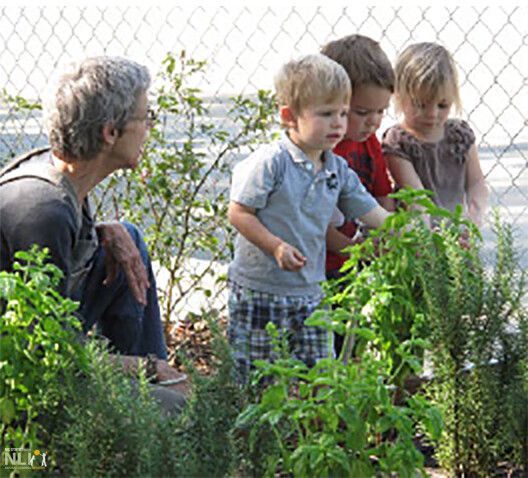Harvest Time
Gardening with young children is one of the best ways to get them interested in healthy eating and where food comes from. Gardening activities also foster STEAM skills and language development as children observe, question, and describe changes in the garden over time. A conservation attitude can also be promoted as children learn how to care for living things.
Setting:
Garden in the outdoor learning environment (OLE)
Focus:
Gardening and healthy eating
Curricular Areas:
- Health and physical development: healthy eating, motor development
- Language development and communication: new vocabulary, listening, describing
- Cognitive development: scientific thinking with observation and sensory exploration, conservation/empathy, familiarity with living things, interest in living things
Suggestions:
- Call attention to the difference between vegetables in the garden that are ripe and ones that are not. Use descriptive words. For example: describe ripe pea pods as fat and those that are not ripe as flat. Describe ripe tomatoes as red and soft; those that are not ripe as green and hard.
- Encourage children to taste the ripe vegetables and to describe what they taste like.
- Give each child a container for collecting ripe vegetables.
- Involve the children in cleaning the harvested vegetables and preparing a plate of vegetables and dip for snack.
Engaging Parents:
- Encourage children to take their parents to the garden and talk about the different vegetables that are growing there and how to tell if they are ripe.
- After enough vegetables have been harvested, invite parents to an “Open House” or “Art Show” where children’s artwork is displayed and the harvested vegetables are included as refreshments.
Materials:
- Small containers
- Healthy vegetable dip such as hummus


